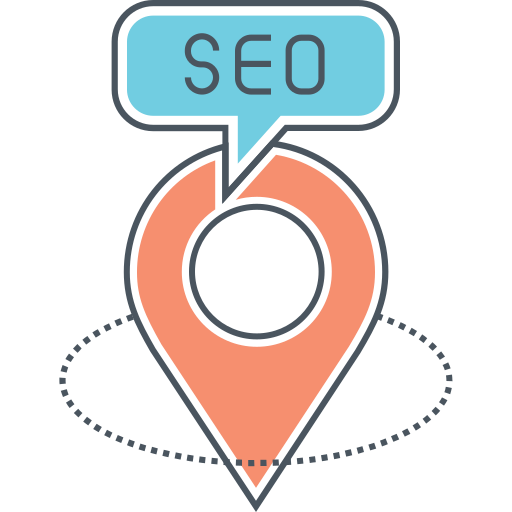What Is Web Analytics? What It Means & How You Can Benefit
Introduction
In today’s digital age, having a strong online presence is crucial for businesses of all sizes. However, simply having a website is not enough. To truly succeed in the online world, businesses need to understand how their website is performing and how it can be improved. This is where web analytics comes into play.
What is Web Analytics?
Web analytics involves collecting and analyzing site data that drives decisions to improve performance. It provides valuable insights into how visitors are interacting with a website, allowing businesses to make data-driven decisions to optimize their online presence.
The Benefits of Web Analytics
Web analytics offers a wide range of benefits for businesses:
1. Understanding User Behavior
By analyzing web analytics data, businesses can gain a deep understanding of how users are interacting with their website. They can track metrics such as page views, bounce rate, time spent on site, and conversion rates. This information helps businesses identify areas of improvement and make data-driven decisions to enhance user experience.
2. Improving Conversion Rates
Web analytics allows businesses to track the effectiveness of their marketing campaigns and identify which channels are driving the most conversions. By understanding which campaigns are performing well and which ones are not, businesses can optimize their marketing efforts and improve their conversion rates.
3. Identifying Target Audience
Web analytics provides valuable demographic information about website visitors, such as their age, gender, location, and interests. This data allows businesses to better understand their target audience and tailor their marketing strategies accordingly. By targeting the right audience, businesses can increase their chances of success and maximize their return on investment.
4. Monitoring Website Performance
Web analytics allows businesses to monitor the performance of their website in real-time. They can track metrics such as website speed, server uptime, and error rates. By identifying and addressing any performance issues promptly, businesses can ensure that their website is always running smoothly and providing a seamless user experience.
How to Get Started with Web Analytics
Now that you understand the importance of web analytics, here are some steps to get started:
1. Set Up a Web Analytics Tool
The first step is to choose a web analytics tool that suits your needs. Google Analytics is one of the most popular options and offers a wide range of features for free. Once you have chosen a tool, you will need to set it up on your website by adding a tracking code.
2. Define Your Goals
Before diving into the data, it’s important to define your goals. What do you want to achieve with your website? Do you want to increase sales, generate leads, or improve user engagement? By setting clear goals, you can focus on the metrics that matter most to your business.
3. Track Key Metrics
Once your web analytics tool is set up and your goals are defined, it’s time to start tracking key metrics. Some of the most important metrics to monitor include:
- Number of visitors
- Page views
- Bounce rate
- Conversion rate
- Average time on site
- Top landing pages
- Top exit pages
By regularly monitoring these metrics, you can identify trends, spot areas of improvement, and make data-driven decisions to optimize your website.
4. Analyze and Take Action
Once you have collected enough data, it’s time to analyze it and take action. Look for patterns and trends in the data and identify areas where improvements can be made. For example, if you notice a high bounce rate on a particular page, you may need to optimize its content or layout to keep visitors engaged.
5. Continuously Monitor and Improve
Web analytics is an ongoing process. It’s important to continuously monitor your website’s performance and make adjustments as needed. Regularly review your analytics data, set new goals, and implement strategies to improve your website’s performance.
Conclusion
Web analytics is a powerful tool that can provide businesses with valuable insights into their website’s performance. By understanding user behavior, improving conversion rates, identifying target audiences, and monitoring website performance, businesses can make data-driven decisions to optimize their online presence and achieve their goals. So, if you haven’t already, it’s time to start leveraging the power of web analytics for your business.





![25 Best AI Social Media Tools to Try in 2024 [Tested Manually]](https://static.semrush.com/blog/uploads/media/d3/fa/d3fa26ef671a81b194bb3a41e73beee4/2c7e96d0d6ae1b7d2f993bdabf9b179b/25-best-ai-social-media-tools-to-try-in-2024.svg)